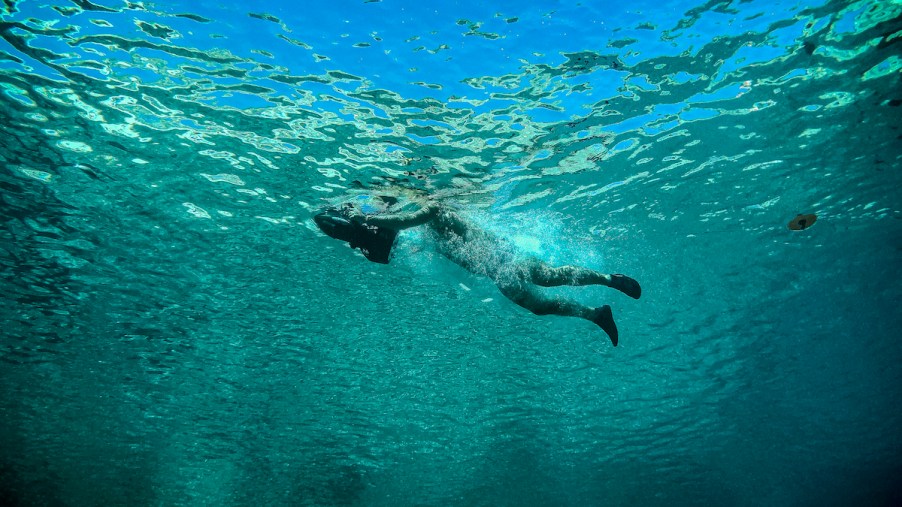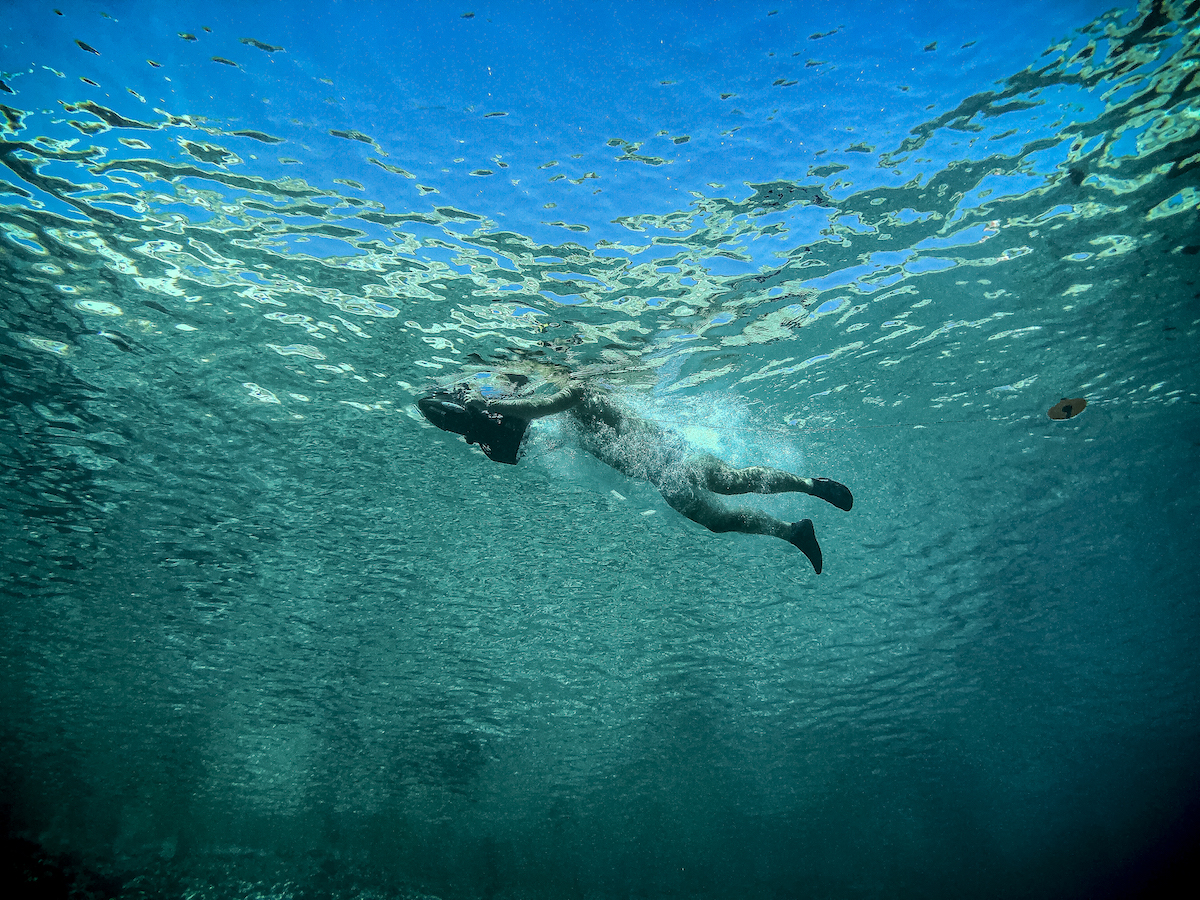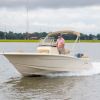
Sea Scooters Are a Fast Way to Dive, but Are They Dangerous?
Accessories for your car abound, but what about your boat? While out on the water, many people scuba dive to enjoy marine life. And some divers use sea scooters to get around faster in the ocean.
Sea scooters are far less bulky than personal watercraft. Rather than sitting on a sea scooter, you hold it between your hands as it pulls you through the water. What are other benefits of sea scooters, are they safe, and what types of models are there?
Why would you need a sea scooter?

Sea scooters, also known as aqua scooters or diver propulsion vehicles (DPVs), are useful for new divers who haven’t built up enough stamina for the constant kicking required underwater. According to Adreno Scuba Diving, they’re also helpful vehicles for technical divers who need to haul extra equipment. Although using a sea scooter is faster than swimming the old-fashioned way, even the most powerful consumer sea scooter can travel only about 5 mph.
This is because they use a rechargeable battery and propeller system instead of an engine. Depending upon the size of the scooter, the battery can last 60 to 150 hours. Aqua scooters are also not exclusively for underwater use — you can also scoot around on top of the waves.
Are sea scooters dangerous?
According to Deeper Blue, sea scooters pose a few safety concerns. They include the adverse effects of ascending too fast from a deep dive or straying too far from the dive site or shore.
Getting ‘the bends’ or an arterial gas embolism
One of the biggest risks is moving toward the water’s surface too quickly from a deep dive.
“A rapid rise could cause the onset of decompression sickness (DCS) or an arterial gas embolism (AGE),” the site warns. “The rapid change in pressure could lead to equalization problems, even a broken eardrum. Just pointing the DPV straight up or down could create the same impact.”
DCS is commonly known as “the bends.” The condition causes nitrogen bubbles to form in the blood and body tissue, Merck Manual reports. Mild symptoms include joint and muscle pain.
But in severe cases, “symptoms may be similar to those of stroke or can include numbness, tingling, arm or leg weakness, unsteadiness, vertigo (spinning), difficulty breathing, and chest pain,” Merck explains. This type of DCS can be deadly.
And although rare, an arterial gas embolism — a blockage of blood supply caused by air bubbles in the heart or a blood vessel — can be fatal.
Becoming lost or stranded
Another danger is straying too far from the dive site. When going fast with a sea scooter, a diver can travel far without realizing it, especially underwater. This risk is twofold: First, they could become lost. Second, they could become stranded if the scooter ran out of power.
“If you were on a shore dive and traveled for a half-hour underwater directly away from the shore, you could find yourself two miles of more off-shore,” Deeper Blue explains. “One often-used rule of thumb is the rule of thirds. Use 1/3 of your DPV power level moving away from the start point, 1/3 to return. The remainder is a safety level.”
So although sea scooters can be convenient dive accessories, users should operate them responsibly to avoid ascending too fast or traveling too far from shore or dive site.
What types of sea scooters are there?
Although there are many DPVs on the market, Yamaha Seascooter is a popular brand for its various specialty options.
For instance, the company offers a line of heavier models for professional divers who need an extra boost. The most powerful model, the 500Li, can dive 130 feet at 4.35 mph. It’s also not too bulky at 21 pounds and is rated for 90 minutes of battery life. But the professional line is the most expensive, ranging from $895 to $1,595. However, these scooters come with high-performance batteries, automatic buoyancy control, and a flood prevention system.
If you’re a casual diver, Yamaha’s recreational RDS series is more affordable. These scooters are slower and can’t dive as deep as professional models, but they have the same battery life. However, new models are still pricey at well over $400.
Yamaha also makes a recreational pool series, primarily geared toward children and aspiring divers. Both models — the Seal and the Explorer — weigh half that of a professional model, but the Explorer is equally fast. You can also use these models in salt water, but their positive buoyancy systems will cause them to sink in freshwater.
Which DPV should you buy?
Aniwaa called Yamaha’s recreational pool series models two of the best sea scooters of 2020. The quicker Explorer model can dive up to 30 feet and has 60 minutes of battery life. It weighs only 11.5 pounds, good for little divers to carry and control.
The Explorer Seascooter retails for $345, but its Seal sibling is $50 cheaper. Although it’s slightly heavier and can only travel 3.7 mph, the Seal provides an extra half-hour of battery life. It can dive only 15 feet, enough for a pool or shallow body of water. That helps inexperienced divers avoid decompression dangers.
Three of the RDS sea scooters can dive up to 100 feet, but the RDS250 hits the sweet spot. It’s not the slowest at 2.5 mph, and it has the longest battery life of two hours. It’s also not egregiously expensive at $545.
And professional divers should consider the Yamaha 350Li. It has an ample battery life of 75 minutes, travels 3.7 mph, and can dive up to 130 feet.
But no matter which brand or model you choose, ride safely.


